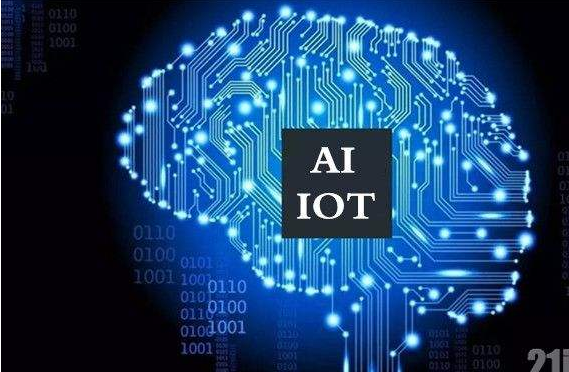With the rapid advancement of artificial intelligence (AI), its influence on the semiconductor industry has become increasingly evident in recent years, particularly in terms of sales opportunities and production methodologies. In 2017, a wide range of players—such as OS vendors, EDA companies, IP providers, and chip manufacturers—began launching new architectures and product strategies tailored for AI applications. The impact is expected to grow further in 2018, with the semiconductor market projected to expand at a compound annual growth rate of 3.1% from 2018 to 2022, driven largely by AI innovation.
From an observational standpoint, AI is reshaping the semiconductor landscape in two key dimensions: market opportunities and production techniques. New applications are introducing advanced technologies like sensors, accelerators, storage units, and communication modules, which are enhancing infrastructure, cloud services, and data center capabilities. These developments are not only boosting demand but also pushing the semiconductor industry toward more innovative and efficient manufacturing processes.

Looking back at 2017, the AI industry saw a surge in the number of manufacturers, with many existing players expanding their product portfolios to gain a competitive edge across various application domains. As certain AI-driven fields—like autonomous vehicles, drones, and smart factories—face challenges such as latency and data privacy, the shift from cloud computing to edge computing became inevitable. This transition positioned AI as a central focus for cloud service providers, chipmakers, and IP vendors.
The significance of AI and supportive policies are set to drive growth in sectors like manufacturing, self-driving technology, intelligent healthcare, and IoT in 2018. Moreover, as AI continues to evolve, the integration of the Internet of Things (IoT) with AI has emerged as a major trend. In 2017, "Intelligent Interaction and Interconnection" was a highlight in the IoT market, while "Intelligent Management" is expected to take center stage in 2018.
As the number of connected devices grows and their capabilities improve, the challenge lies in creating more efficient and intelligent networks. How to manage these systems effectively will determine the success of future smart ecosystems. Currently, the complex IoT architecture is trending toward easier development, scalability, and maintenance. Integrated intelligent management is likely to be a crucial milestone in the next phase of IoT growth.
While the world embraces the era of intelligence and connectivity, the concept of "pan-intelligence" and "pan-influence" is gaining traction as the next big technological frontier. Reflecting on past efforts in digital homes, it's clear that the vision of interconnected smart environments is not new. However, with today’s advanced semiconductor and networking technologies, this vision is now more achievable than ever before. Yet, as in the past, competition among major players may lead to fragmented standards, a pattern we may see again in the evolving AI and IoT landscape. This dynamic will be worth watching closely in the coming years.
MPPT Solar Charge Controller
MPPT (Maximum Power Point Tracking) solar charge controllers are an essential component in solar power systems. They are used to regulate the charging process and maximize the efficiency of solar panels. By continuously tracking the maximum power point (MPP) of the solar array, MPPT charge controllers ensure that the maximum available power is extracted from the solar panels and delivered to the Battery bank.
MPPT charge controllers with built-in inverters are designed for off-grid solar power systems. In addition to regulating the charging process, they also convert the DC power from the solar panels into AC power that can be used to power household appliances. These charge controllers are commonly used in remote locations where grid power is not available.
MPPT charge controllers with built-in load control are designed to regulate the charging process and control the power output to a specific load. They are commonly used in applications where the solar power is directly used to power specific devices or equipment. They play a crucial role in maximizing the efficiency of solar power systems by continuously tracking the maximum power point of the solar array. Whether it is a standalone controller, a controller with built-in inverters, or a controller with built-in load control, MPPT charge controllers are essential for efficient solar power utilization.
MPPT Solar Charge Controller Inverter,Mppt Charge Controller,Off-Grid Storage Controller,Mppt Solar Controller
Bosin Power Limited , https://www.bosinsolar.com